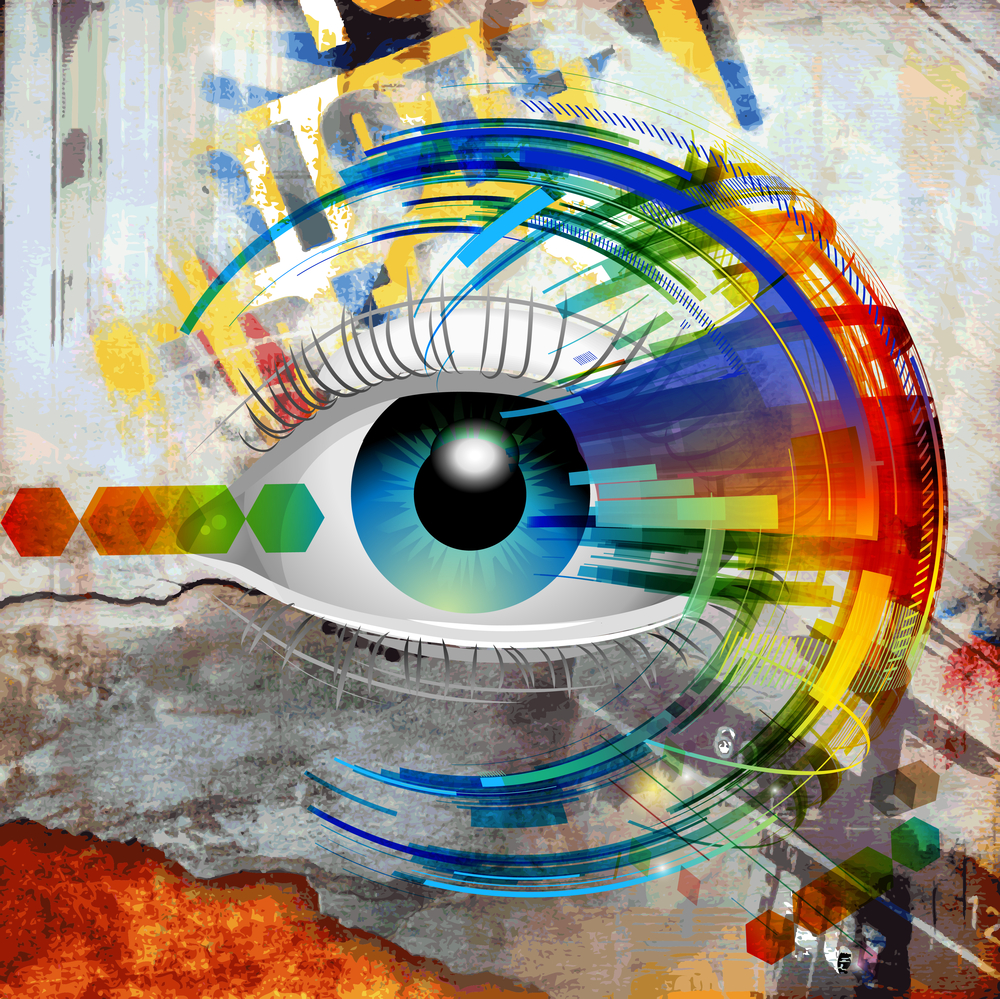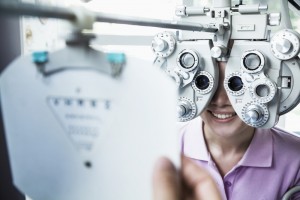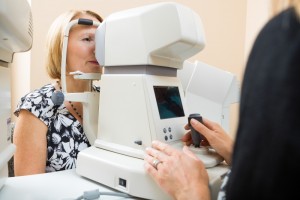It’s time to get your eyes checked – do you go to an ophthalmologist, optometrist or optician? Your optometrist sees the beginnings of age-related macular degeneration, but is sending you to see and ophthalmologist, why?
One of the most confusing things about taking care of your eyes can be differentiating between an ophthalmologist, optometrist and optician. Each eye care specialist has a very important part to play in the health of your eyes and here is a quick synopsis of what each does so you can choose the best one for your vision issues and treatment.
Ophthalmologist
These specialists are fully trained medical doctors that have completed the eight years of training beyond a bachelor’s degree. Their training has included a full spectrum of eye care, from prescribing glasses and contact lenses and giving eye injections, to carrying out intricate eye surgeries. Many doctors may also be involved eye research to better understand vision, improve eye disease treatments or potentially find a cure. They are easily identified by the MD following their name.
Optometrist
These medical professionals have completed a four-year program at an accredited school of optometry. They have been trained to prescribe and fit glasses and contact lenses, as well as diagnose and treat various eye diseases. They provide treatments through topical therapeutic agents and oral drugs, and are licensed to perform certain types of laser surgery, such as Lasik. They are easily identified by the OD following their name.
Optician
These eye care professionals are not licensed to perform eye exams, medical tests or treat patients. Their purpose is to take the prescription from the ophthalmologist or optometrist and work with you to determine which glasses or contact lenses work best for you. If you suffer from an eye disease like keratoconus, these specialists can make the difference between a relatively normal life, or one that is dictated short periods of vision because of contact lens pain. These eye care professionals may hold and associate optician degree or have apprenticed fore required number of hours.
While each one of these eye specialists has their own area of expertise, they can form a team whose only concerns are your eye health and the ability to see as clearly as possible.
8/11/15
 Susan DeRemer, CFRE
Susan DeRemer, CFRE
Vice President of Development
Discovery Eye Foundation



















